Home>Furniture & Design>Outdoor Furniture>What Is A Good Outdoor Tv Antenna
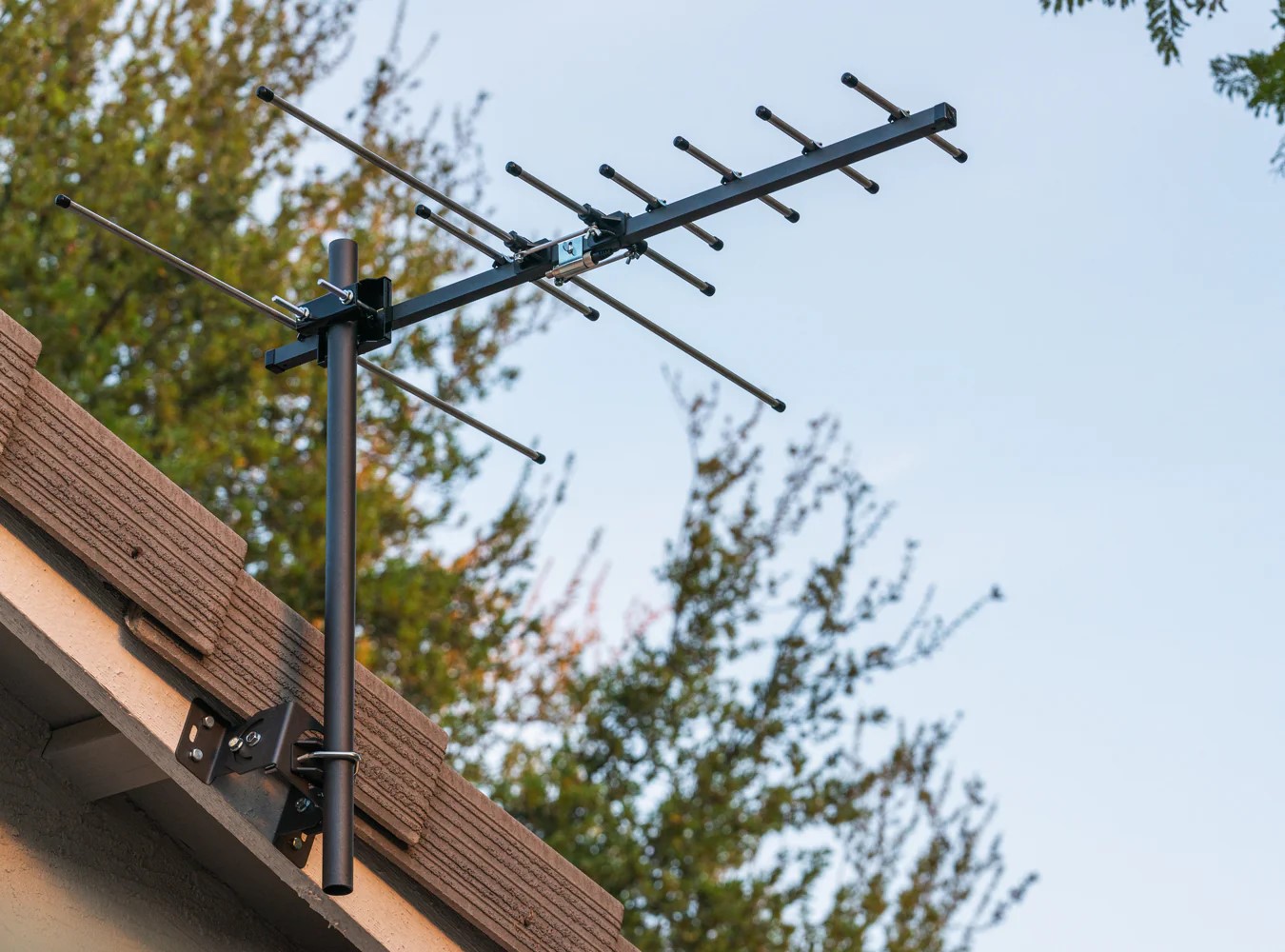

Outdoor Furniture
What Is A Good Outdoor Tv Antenna
Modified: February 18, 2024
Discover the best outdoor TV antenna for your outdoor furniture and design needs. Find the perfect solution for high-quality TV reception in your outdoor space.
(Many of the links in this article redirect to a specific reviewed product. Your purchase of these products through affiliate links helps to generate commission for Storables.com, at no extra cost. Learn more)
Introduction
Are you tired of paying hefty cable bills or experiencing poor reception with your indoor TV antenna? It might be time to consider the wonders of an outdoor TV antenna. In today's digital age, outdoor TV antennas have made a remarkable comeback, offering an array of benefits that cater to the needs of modern homeowners. Whether you're a sports enthusiast, a movie buff, or a news junkie, a high-quality outdoor TV antenna can unlock a world of entertainment right in the comfort of your own backyard.
In this comprehensive guide, we will delve into the realm of outdoor TV antennas, exploring the factors to consider when choosing one, the various types available, installation and maintenance tips, and the numerous benefits they bring to the table. By the end of this journey, you'll be equipped with the knowledge needed to make an informed decision about incorporating an outdoor TV antenna into your home entertainment setup.
So, grab a cup of coffee, sit back, and let's embark on an enlightening exploration of outdoor TV antennas. Whether you're a seasoned pro or a newcomer to the world of antenna technology, there's something for everyone in this guide. Let's dive in!
Key Takeaways:
- Say goodbye to hefty cable bills and poor reception with an outdoor TV antenna. Enjoy free over-the-air broadcasts, access local channels, and experience high-definition programming right in your backyard!
- Embrace the benefits of outdoor TV antennas – save money, access diverse channels, and stay connected during emergencies. Raise your antenna and immerse in a world of reliable, cost-effective entertainment!
Read more: What Is The Best Outdoor TV Antenna?
Factors to Consider When Choosing an Outdoor TV Antenna
When it comes to selecting the perfect outdoor TV antenna for your home, several crucial factors should influence your decision. Understanding these considerations will help you make an informed choice that aligns with your specific needs and ensures optimal performance. Here are the key factors to consider:
- Signal Range and Strength: Assess the signal strength and range of the outdoor TV antenna to ensure it can capture signals from your local broadcasting towers. Factors such as distance from the towers, geographical terrain, and potential sources of interference should be taken into account.
- Directional or Multi-Directional: Determine whether a directional or multi-directional antenna is suitable for your location. Directional antennas are designed to receive signals from a specific direction, making them ideal for areas with signals originating from a single source. On the other hand, multi-directional antennas can capture signals from various directions, making them suitable for locations with signals coming from multiple sources.
- Antenna Size and Design: Consider the size and design of the outdoor TV antenna, ensuring it complements the aesthetics of your property while providing optimal signal reception. Compact, streamlined designs are often preferred for residential settings, offering both functionality and visual appeal.
- Weather Resistance: Select an outdoor TV antenna built to withstand the elements, including wind, rain, and extreme temperatures. Weather-resistant materials and durable construction are essential for ensuring the longevity and performance of the antenna, especially in outdoor environments.
- Amplification and Signal Quality: Evaluate whether an amplified antenna is necessary based on your location and signal conditions. Amplified antennas can enhance signal strength and compensate for signal loss due to long cable runs or splitting the signal to multiple televisions. Additionally, prioritize antennas with features that minimize interference and ensure high-quality reception.
- Compatibility with Mounting Options: Determine the mounting options available for the outdoor TV antenna, considering factors such as pole mounting, roof mounting, or attic installation. The chosen mounting method should align with your property’s layout and local regulations, providing a secure and stable installation.
By carefully considering these factors, you can narrow down your options and find an outdoor TV antenna that meets your specific requirements, ensuring reliable signal reception and an enhanced viewing experience.
Types of Outdoor TV Antennas
Outdoor TV antennas come in various types, each designed to cater to specific signal reception needs and environmental conditions. Understanding the distinct characteristics of these antenna types is essential for selecting the most suitable option for your home. Here are the primary types of outdoor TV antennas:
- Yagi Antennas: Yagi antennas, also known as directional antennas, are characterized by their long, narrow design and unidirectional reception pattern. They excel at capturing signals from a specific direction, making them ideal for areas where broadcast towers are located in a single direction. Yagi antennas are known for their high gain and excellent signal reception capabilities.
- Multi-Directional Antennas: Unlike Yagi antennas, multi-directional antennas are designed to capture signals from multiple directions, making them suitable for locations with broadcast towers scattered across different azimuths. They offer the flexibility to receive signals from various angles, eliminating the need for manual adjustments when switching between channels originating from different directions.
- Parabolic Grid Antennas: Parabolic grid antennas feature a grid-like design with a curved reflective surface, allowing them to capture and focus signals effectively. These antennas are renowned for their high gain and exceptional performance in areas with weak or distant signals. Their ability to concentrate signals makes them a preferred choice for challenging reception environments.
- Omni-Directional Antennas: Omni-directional antennas are engineered to receive signals from 360 degrees, making them suitable for locations where broadcast towers are positioned in various directions. They offer the convenience of capturing signals without the need for manual adjustments, providing an all-encompassing reception solution for diverse signal sources.
- Amplified Antennas: Amplified outdoor TV antennas feature built-in signal amplifiers to enhance signal strength and compensate for signal loss caused by long cable runs or splitting the signal to multiple televisions. These antennas are beneficial in areas with weak signals or significant signal interference, ensuring reliable reception and improved picture quality.
By familiarizing yourself with the characteristics and capabilities of these outdoor TV antenna types, you can make an informed decision based on your location, signal reception requirements, and environmental factors. Selecting the right type of antenna is pivotal in ensuring optimal signal reception and an enjoyable viewing experience.
When choosing a good outdoor TV antenna, look for one with a long range and high signal reception, weather-resistant materials, and easy installation. Research the best antenna for your location and TV signal strength.
Installation and Maintenance of Outdoor TV Antennas
Proper installation and regular maintenance are crucial for maximizing the performance and longevity of outdoor TV antennas. Whether you’re embarking on a DIY installation or seeking professional assistance, understanding the essential steps and best practices is essential. Additionally, implementing routine maintenance measures will ensure consistent signal reception and optimal functionality. Here’s a comprehensive guide to the installation and maintenance of outdoor TV antennas:
- Site Survey and Positioning: Before installation, conduct a site survey to identify the optimal location for mounting the outdoor TV antenna. Consider factors such as line of sight to broadcast towers, potential sources of signal interference, and structural obstructions. Position the antenna at the highest point possible to minimize obstructions and maximize signal reception.
- Secure Mounting: Ensure the outdoor TV antenna is securely mounted using appropriate mounting hardware and techniques. Whether pole-mounted, roof-mounted, or installed in the attic, the mounting structure should provide stability and withstand environmental conditions, such as wind and inclement weather.
- Grounding and Lightning Protection: Implement proper grounding measures to protect the antenna and associated equipment from lightning strikes and electrical surges. Utilize grounding rods, clamps, and conductors to create a safe path for discharging electrical currents, safeguarding your equipment and property.
- Coaxial Cable Routing: Carefully route and secure the coaxial cable from the outdoor TV antenna to the interior of the property, minimizing signal loss and potential damage. Utilize weatherproof cable connectors and cable clips to protect the cable and ensure a reliable signal transmission path.
- Signal Testing and Adjustment: Upon installation, conduct a signal test to verify reception quality and signal strength. Fine-tune the antenna’s orientation and position if necessary to optimize signal reception. Utilize a signal strength meter or digital TV tuner to aid in the adjustment process.
- Regular Maintenance: Periodically inspect the outdoor TV antenna for signs of damage, corrosion, or loose connections. Clean the antenna elements and housing to remove dirt, debris, and environmental residue that may affect signal reception. Additionally, check the coaxial cable and connectors for wear or damage, replacing any components as needed.
By following these installation and maintenance guidelines, you can ensure the effective deployment and long-term performance of your outdoor TV antenna. Whether you’re enjoying your favorite shows, sports events, or news broadcasts, a well-installed and maintained antenna will deliver reliable signal reception and an enhanced viewing experience for years to come.
Benefits of Using an Outdoor TV Antenna
Embracing the use of an outdoor TV antenna offers a multitude of benefits that cater to both practical and entertainment-related needs. From cost savings to expanded channel options, outdoor TV antennas have garnered renewed interest and appreciation among homeowners seeking reliable and high-quality television reception. Let’s explore the compelling advantages of using an outdoor TV antenna:
- Cost Savings: By harnessing free over-the-air broadcast signals, outdoor TV antennas eliminate the need for costly cable or satellite subscriptions. This translates to substantial long-term savings, making it an appealing option for budget-conscious individuals and families.
- Access to Local Channels: Outdoor TV antennas provide access to local network affiliates and their subchannels, delivering a diverse range of programming, including news, weather updates, sports events, and community-focused content. This direct access to local channels fosters a sense of community engagement and connectivity.
- High-Definition (HD) Programming: Many over-the-air broadcasts are transmitted in high-definition, offering stunning visual clarity and superior picture quality without the compression associated with cable or satellite transmissions. Outdoor TV antennas enable viewers to experience the full potential of HD programming.
- Expanded Channel Selection: In addition to local channels, outdoor TV antennas provide access to additional digital subchannels offering niche content, such as classic movies, educational programs, lifestyle channels, and multicultural broadcasts. This expanded channel selection enhances viewing options and diversity.
- Reliable Signal Reception: Outdoor TV antennas are designed to capture over-the-air signals directly from broadcast towers, providing a reliable and consistent signal reception, free from the signal degradation and outages often associated with cable or satellite services.
- Emergency Preparedness: During emergencies or severe weather events that may disrupt cable or satellite services, outdoor TV antennas ensure continued access to vital news updates, emergency broadcasts, and local information, serving as a reliable communication lifeline.
- Environmental Impact: By opting for over-the-air broadcasts, viewers contribute to a reduced carbon footprint, as the transmission of local channels via outdoor TV antennas consumes less energy compared to traditional cable or satellite distribution methods.
- Enhanced Viewing Flexibility: Outdoor TV antennas empower viewers to enjoy their favorite programs in real time, without the limitations of streaming services or the delays associated with on-demand content, offering a traditional and reliable viewing experience.
By embracing the benefits of outdoor TV antennas, homeowners can enjoy a cost-effective, diverse, and reliable television viewing experience, while contributing to environmental sustainability and maintaining access to crucial information during unforeseen circumstances. Whether it’s catching the morning news, tuning into a local sports event, or immersing in high-definition programming, outdoor TV antennas offer a gateway to an enriching and fulfilling entertainment experience.
Read more: What Is The Best Outdoor Digital Tv Antenna?
Conclusion
As we conclude our exploration of outdoor TV antennas, it’s evident that these devices offer a compelling array of advantages, from cost savings and expanded channel options to reliable signal reception and environmental benefits. The resurgence of outdoor TV antennas in the digital age underscores their enduring relevance and the valuable role they play in modern home entertainment setups.
By carefully considering the factors that influence antenna selection, understanding the diverse types available, and implementing proper installation and maintenance practices, homeowners can harness the full potential of outdoor TV antennas. Whether it’s enjoying local news broadcasts, immersing in high-definition programming, or staying connected during emergencies, outdoor TV antennas provide a reliable and diverse viewing experience that resonates with the needs and preferences of today’s audiences.
Furthermore, the cost-effective nature of outdoor TV antennas, coupled with their environmental impact and contribution to community engagement through local channel access, solidifies their position as a versatile and practical addition to any home entertainment system.
As you embark on your journey to enhance your television viewing experience, consider the invaluable benefits that outdoor TV antennas bring to the table. Whether it’s the allure of free over-the-air broadcasts, the joy of accessing local channels, or the peace of mind in knowing that you’re prepared for unexpected disruptions, outdoor TV antennas offer a gateway to a world of entertainment and connectivity right in the comfort of your own backyard.
So, raise your antenna, tune in to the vibrant spectrum of over-the-air programming, and embrace the enriching experience that outdoor TV antennas bring to your home. With their enduring appeal and practical advantages, outdoor TV antennas continue to shine as a beacon of reliable, cost-effective, and diverse television reception.
Frequently Asked Questions about What Is A Good Outdoor Tv Antenna
Was this page helpful?
At Storables.com, we guarantee accurate and reliable information. Our content, validated by Expert Board Contributors, is crafted following stringent Editorial Policies. We're committed to providing you with well-researched, expert-backed insights for all your informational needs.
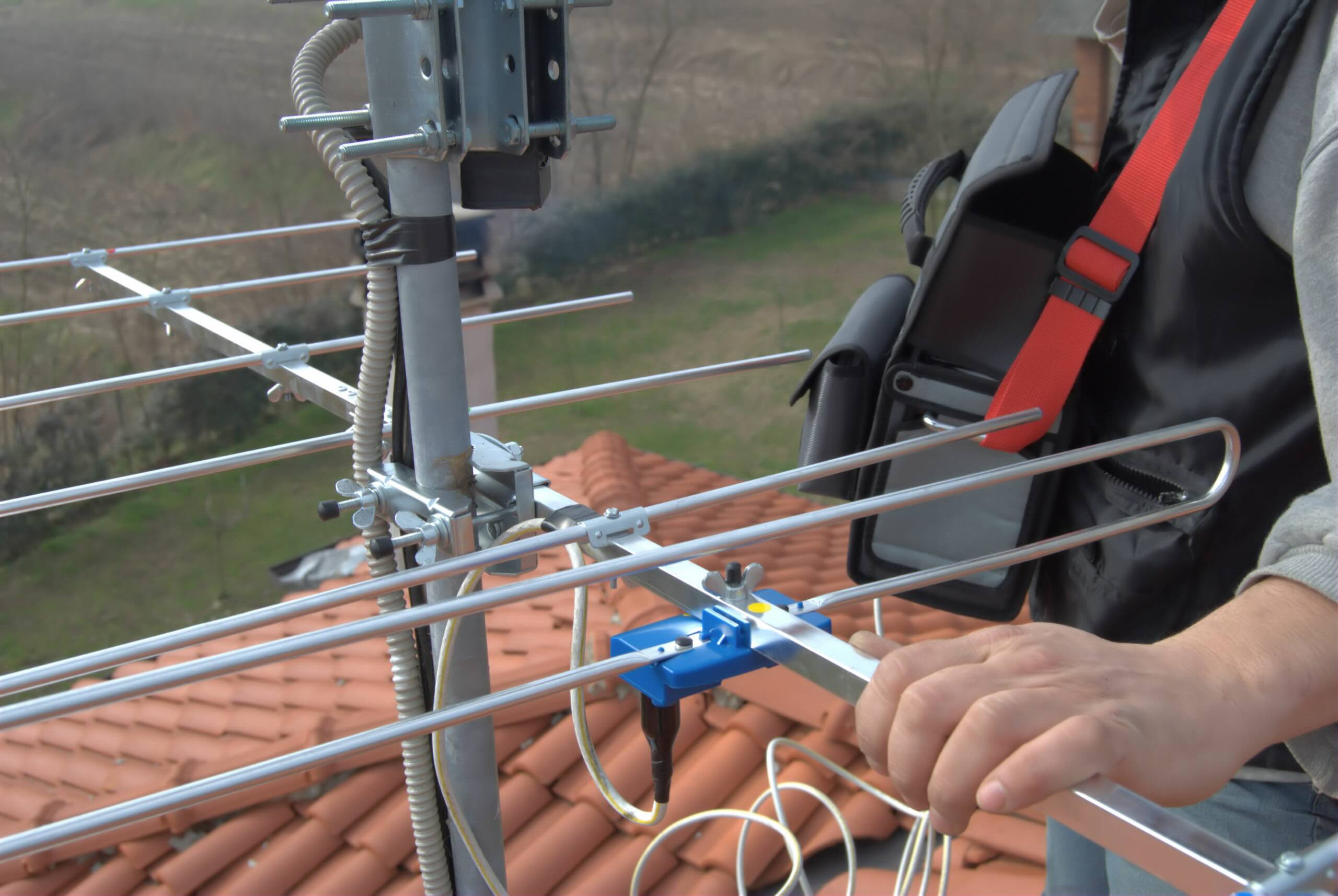
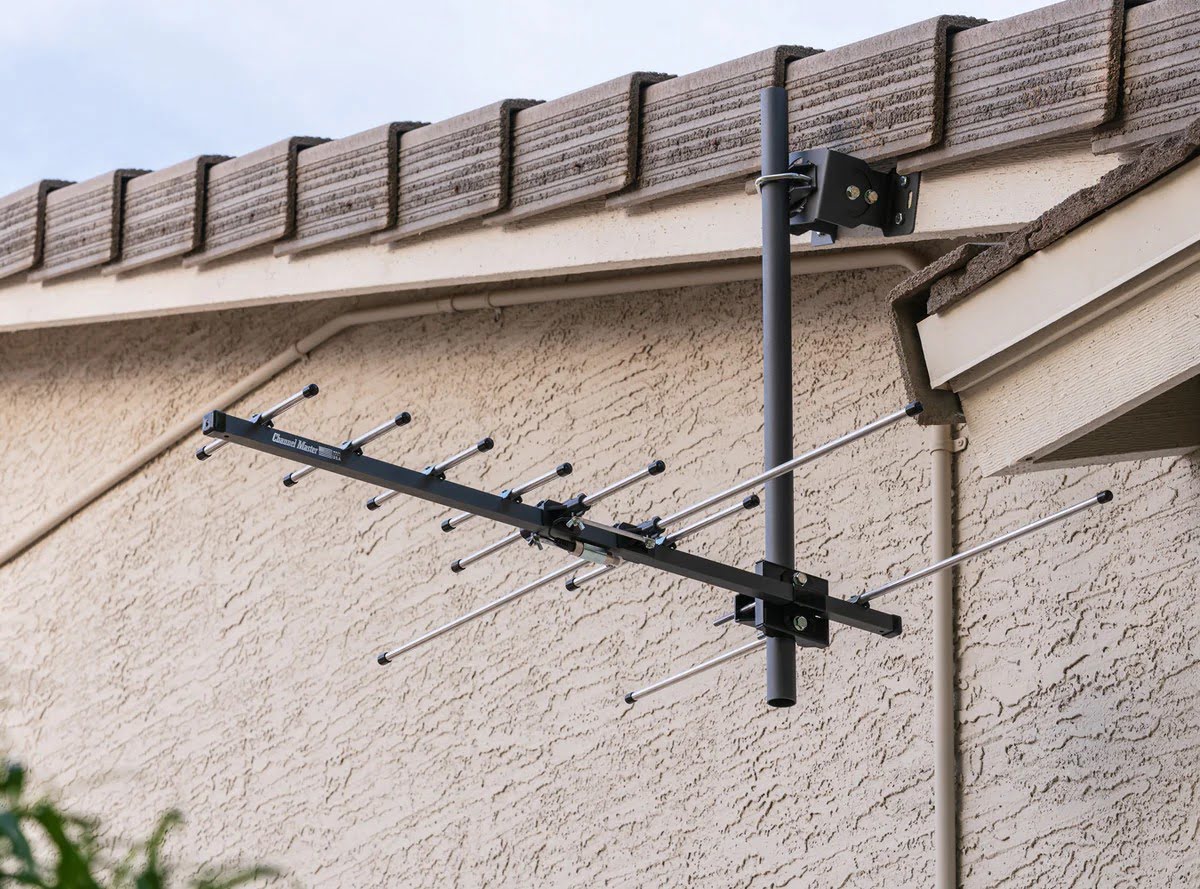
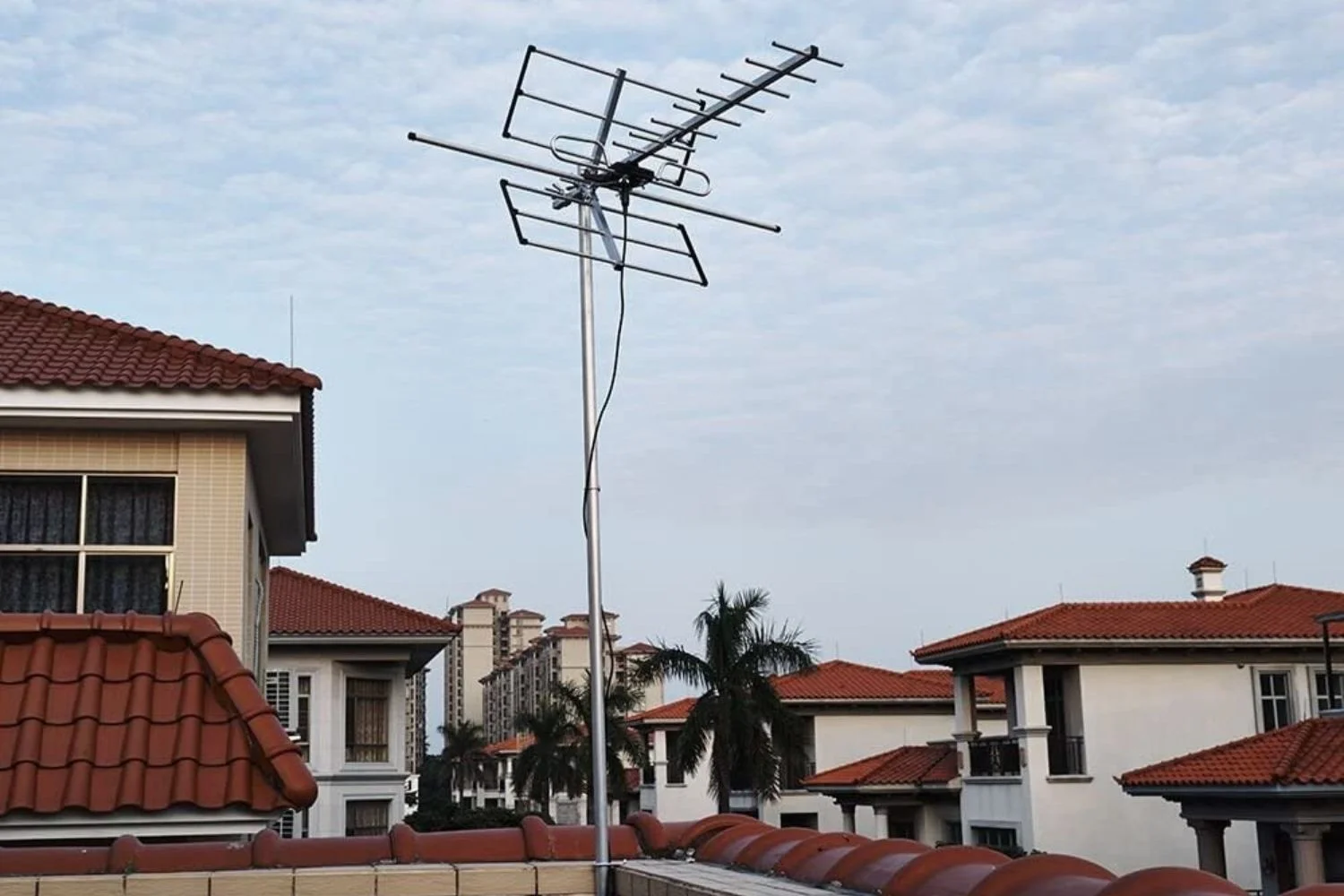
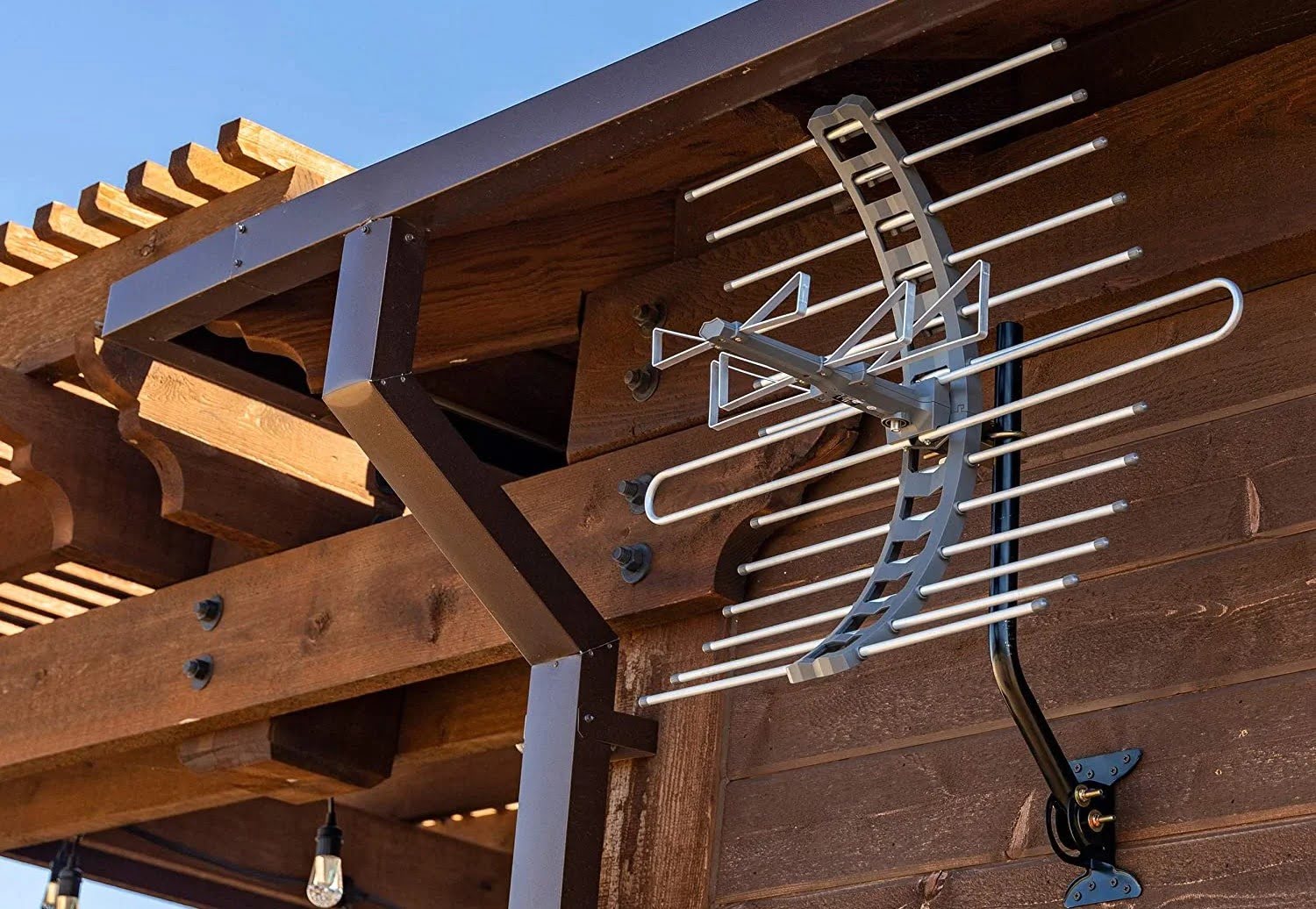
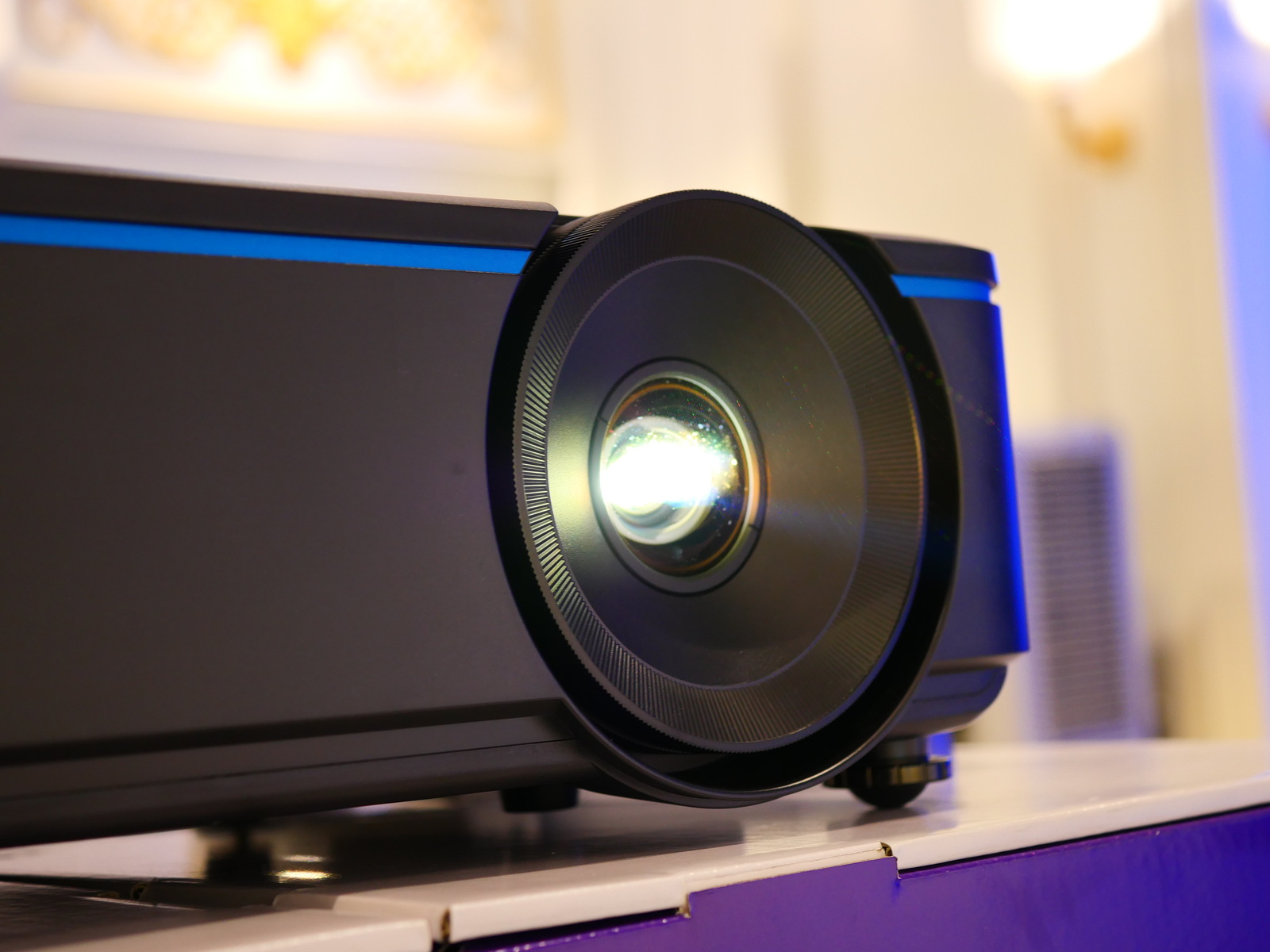
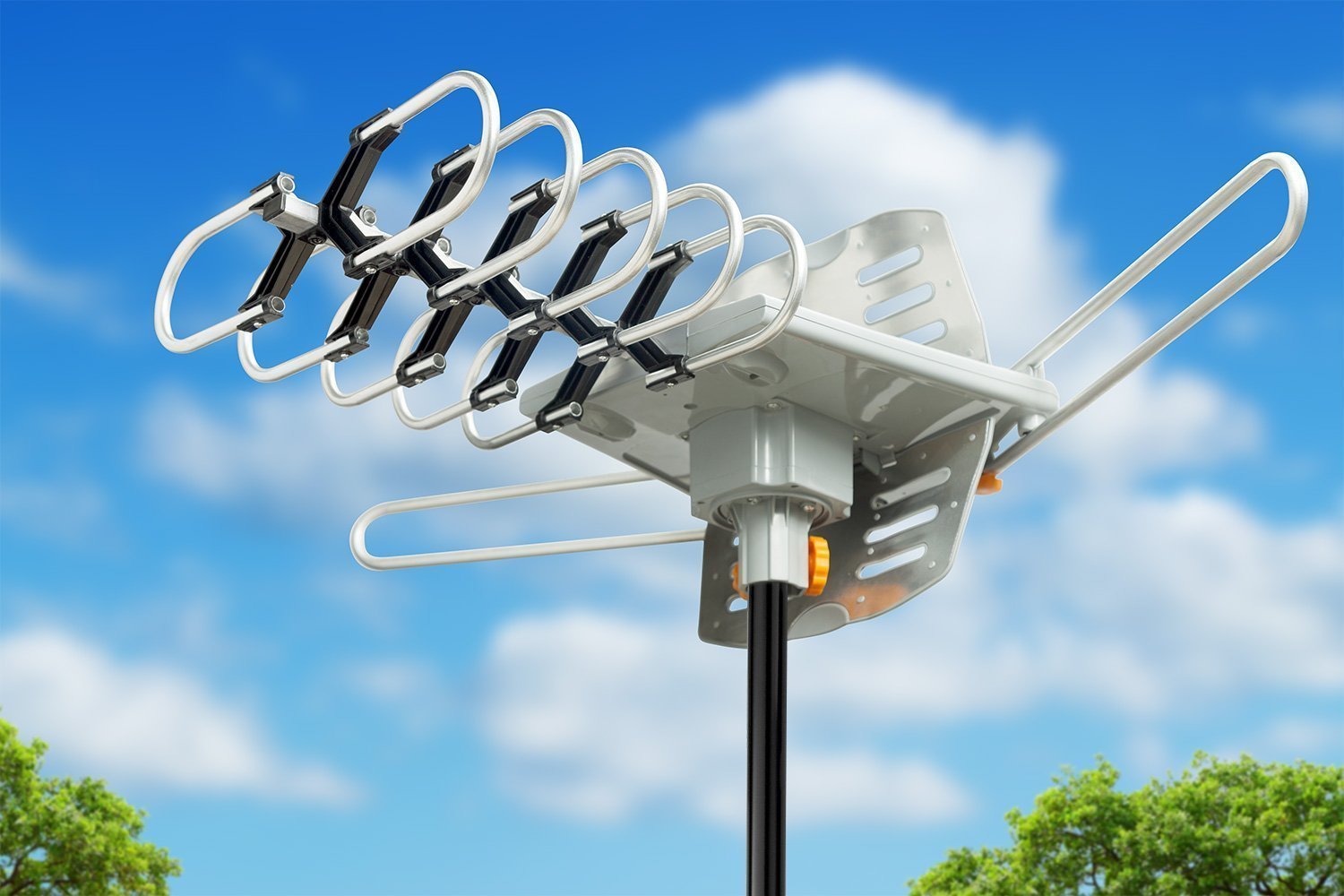
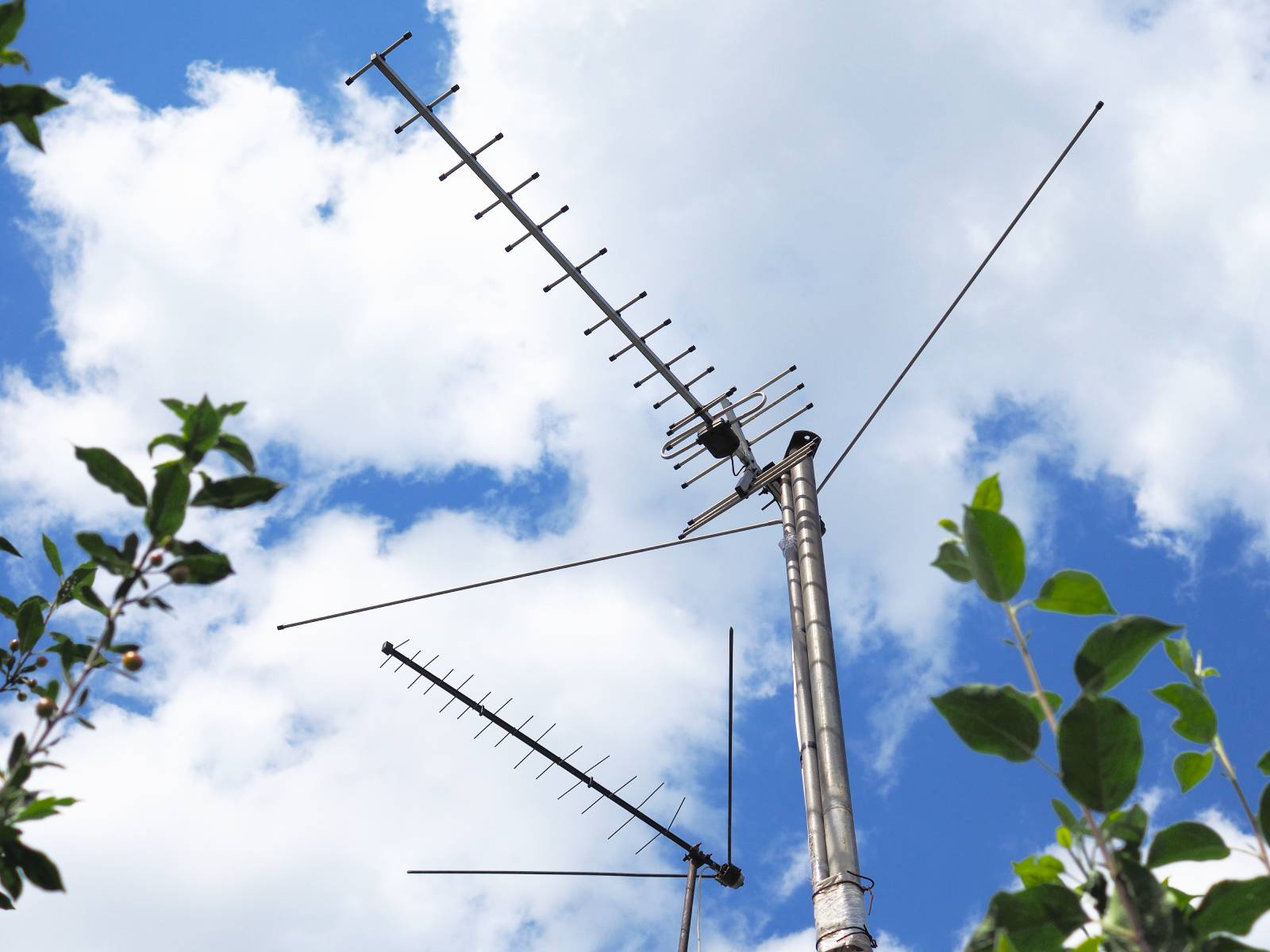
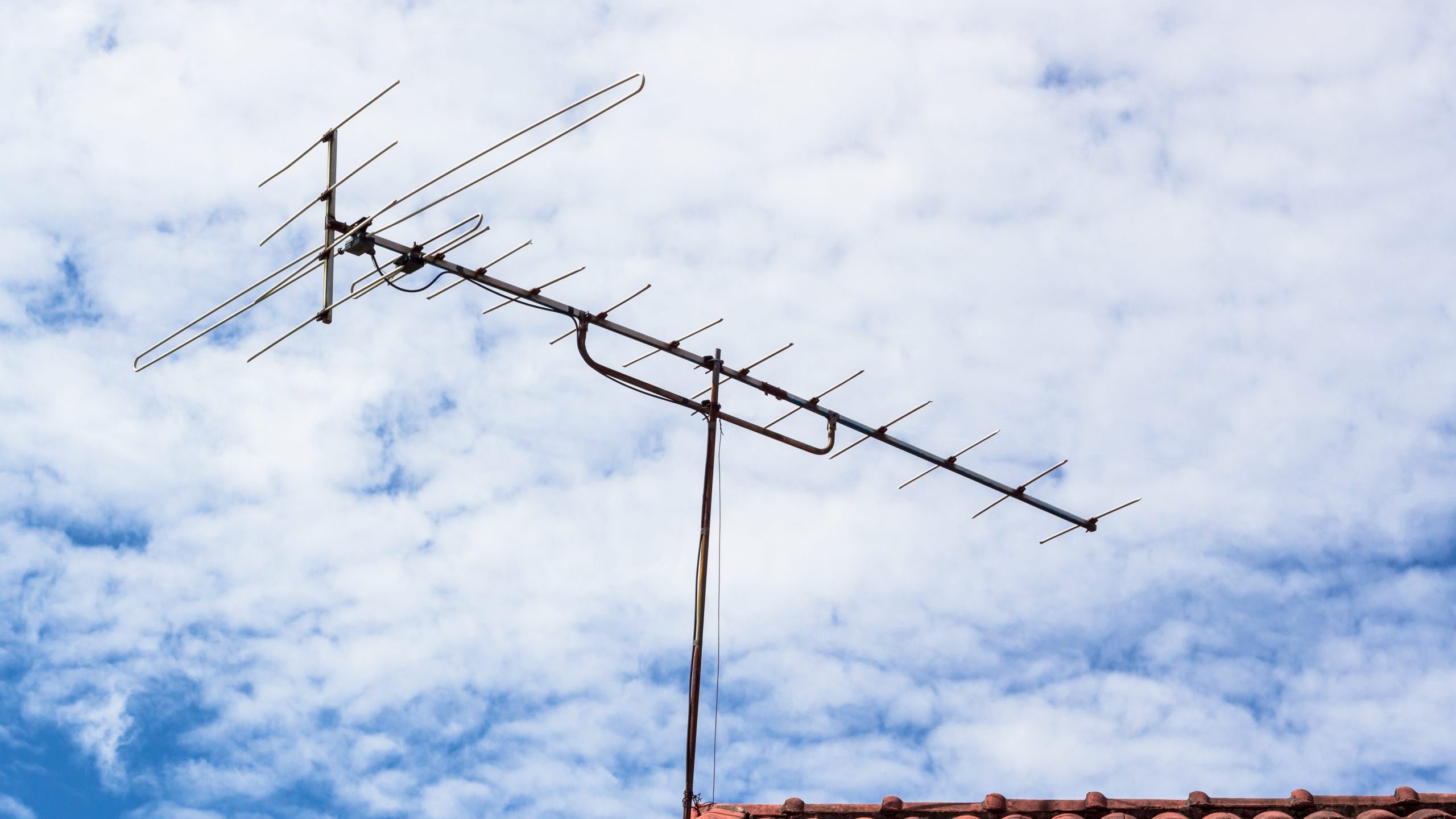
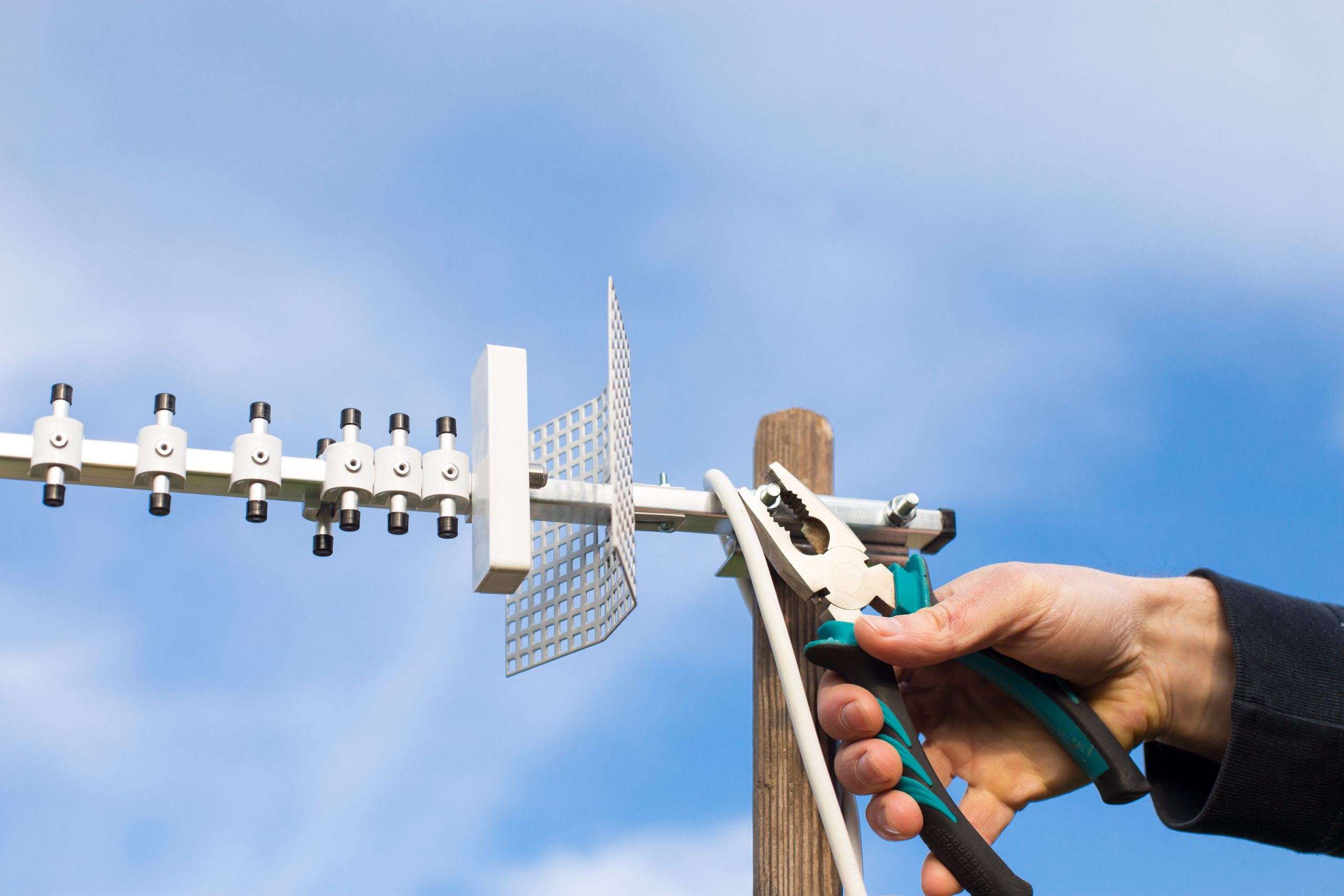
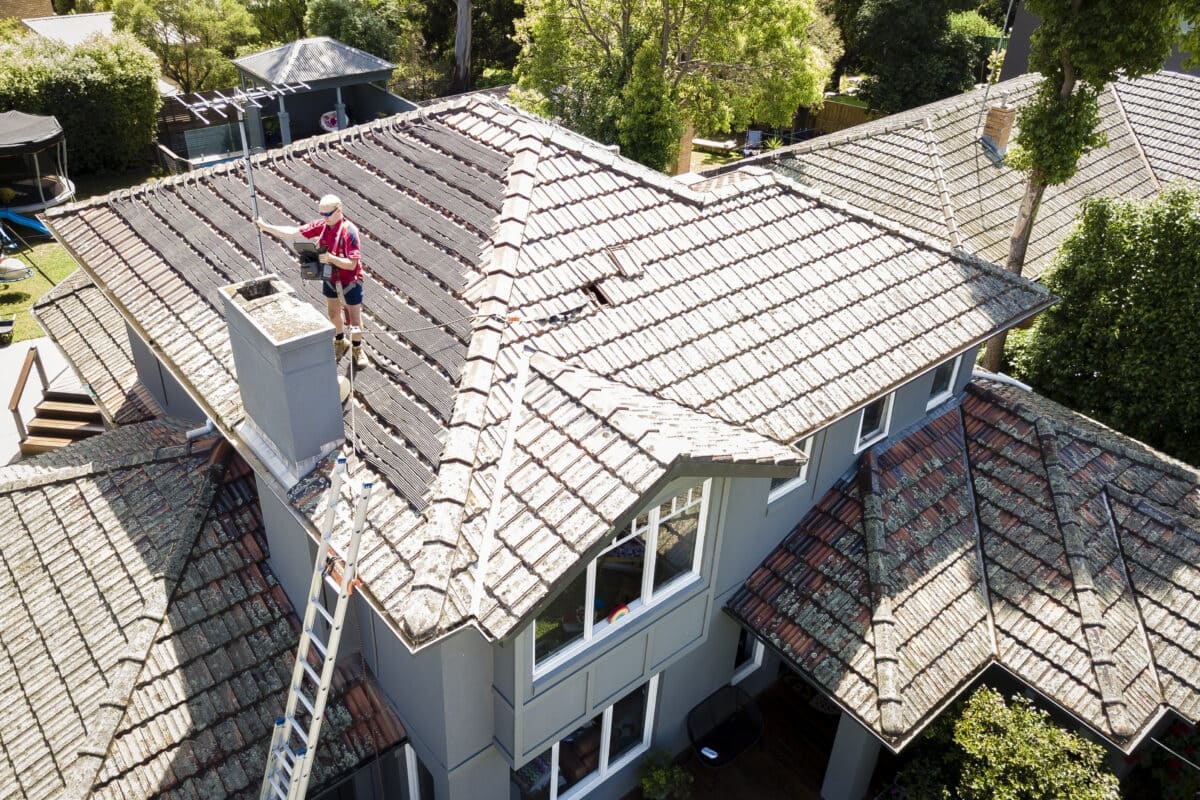
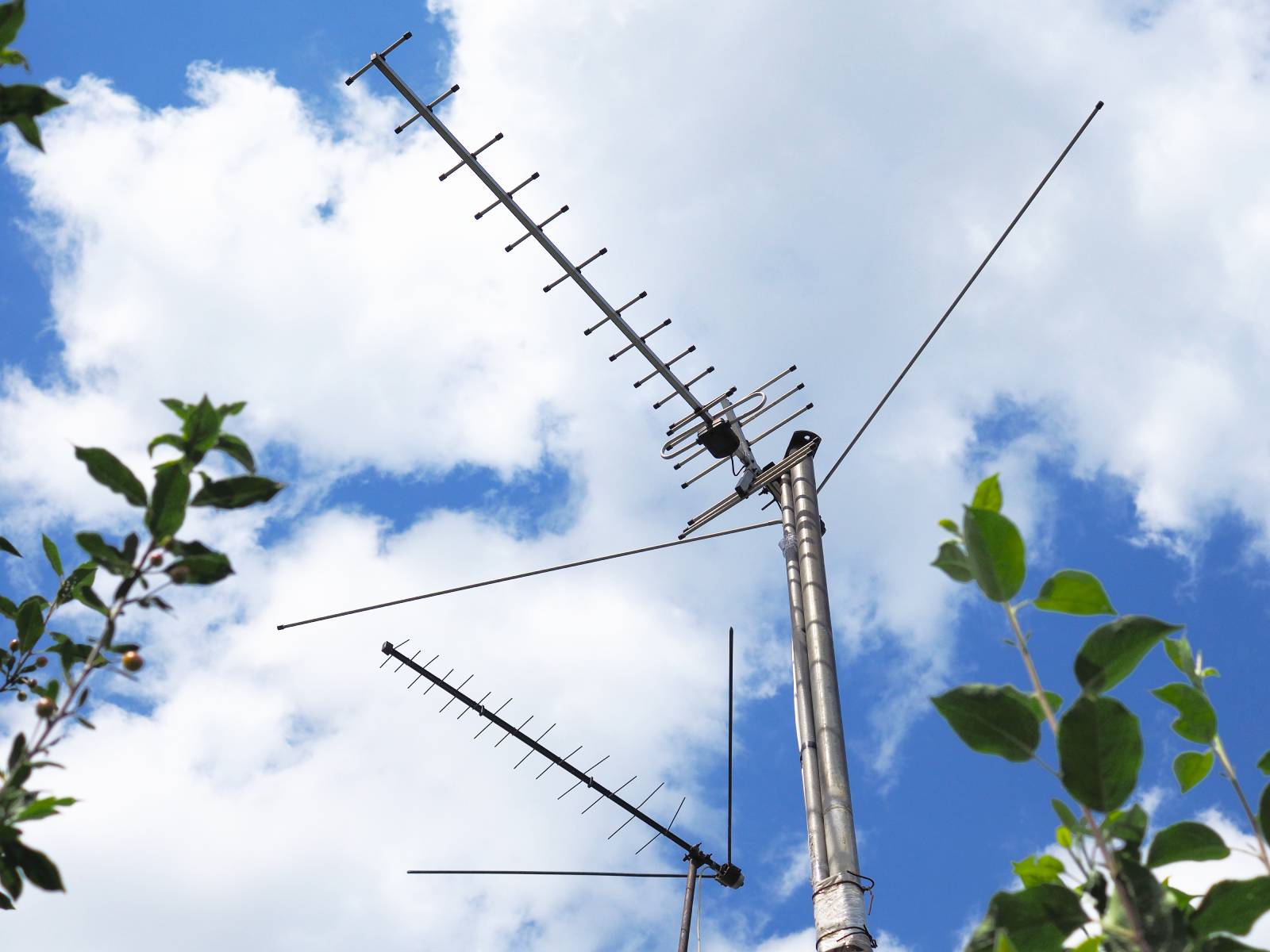




0 thoughts on “What Is A Good Outdoor Tv Antenna”